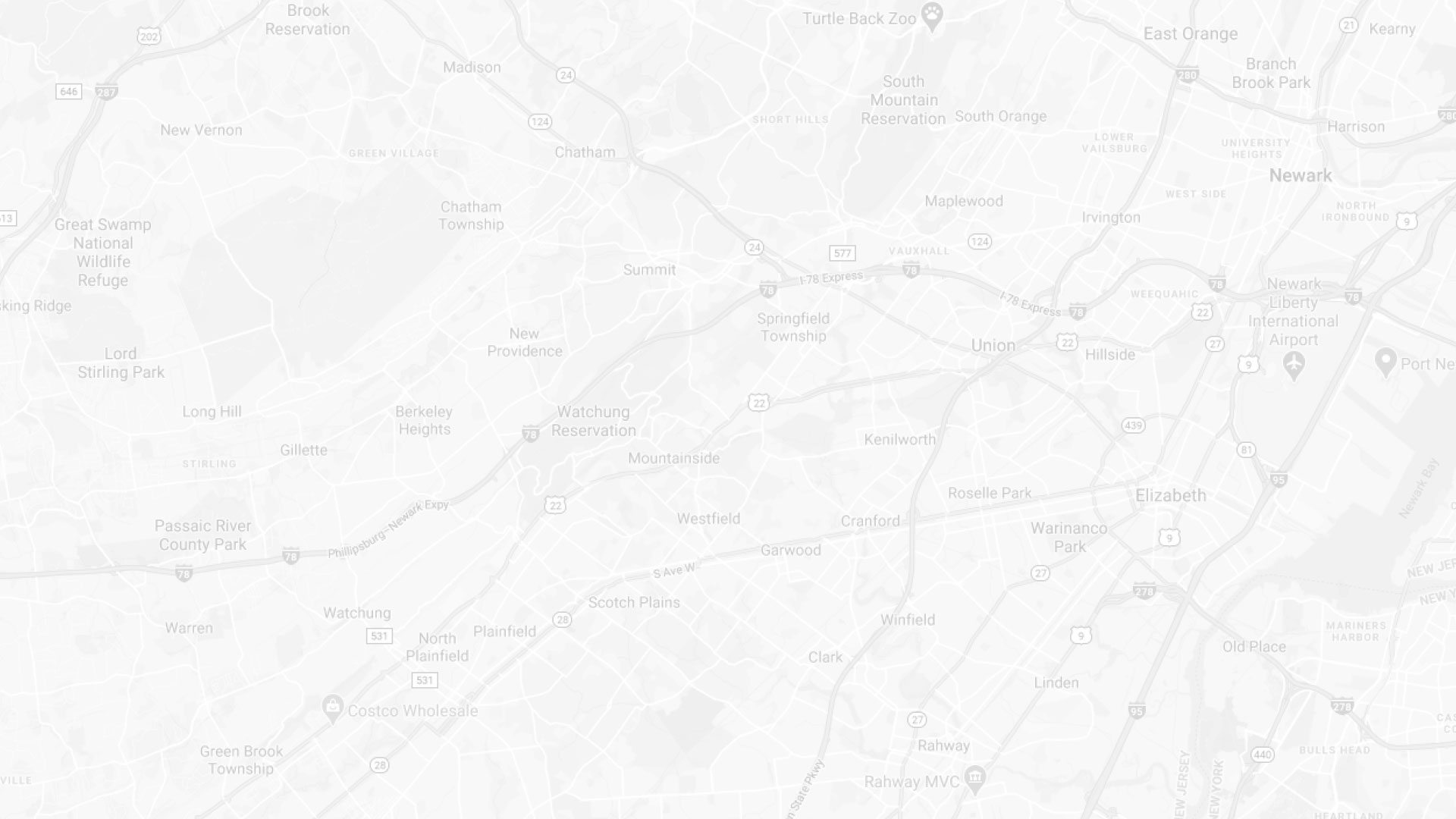Ways To Discover An Oil Tank On Your Property

Many homes built prior to the 1980’s were built with an underground heating oil storage tank. While most homes in New Jersey utilize natural gas for heat, there are still houses that are oil-heated and many more with abandoned oil tanks.
Typically, when a house was converted from heating oil to natural gas, the fuel tank was abandoned in place, by emptying it of its contents and filling it with sand, etc. However, it was often the case that no soil test was performed. As such, many previously decommissioned tanks leaked without the knowledge of the homeowner, contractor, or municipal authorities.
If an underground heating oil storage tank is located on your property, it is essential that it is removed as soon as possible. The issues caused by leaking oil tanks typically get worse over time and waiting to remove the tank can cost you significantly more money. Oil contamination can gradually leech down through the soil, causing a greater amount of soil which requires remedial action and may even contaminate groundwater.
While not typical by any means, even aboveground heating oil storage tanks, whether outside or inside the structure, may leak. In the cases in which an interior aboveground tank leaks, the oil might penetrate beneath the basement slab, necessitating limited demolition of the foundation to remediate the contamination. The New Jersey Department of Environmental Protection mandates that contaminated soil which surpasses the state threshold be removed, even if it is located underneath the foundation of a structure. As such, if your home currently has an inactive aboveground oil tank, it is advised that it be removed before any such issue might arise.
When assessing for yourself whether you may have an underground oil tank on your property, the first step is to try and visually identify any pipes that may be associated with an underground oil tank. Inspect your property for signs of steel pipes, roughly 2”-3” in diameter. A pipe close to grade located in the lawn is possibly a fill pipe. Should you notice a pipe immediately adjacent to the exterior foundation of the structure, it may be a vent pipe. Additionally, you may find signs of copper pipes either located embedded in the basement floor or penetrating through the foundation wall. Finding any of the above mentioned pipes is a good indicator that an underground oil tank may be located on the property. A tank sweep would be able to determine whether or not an underground tank is present at the property.
If you suspect an oil tank is buried, contact Brinks Tank Services. For many years we have specialized in oil tank location and removal in the New Jersey area. Contact us to find out if your property has a fuel tank so that we can get you scheduled for an excavation right away!


